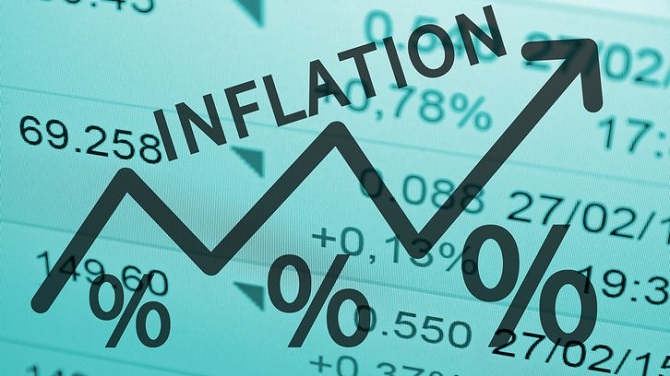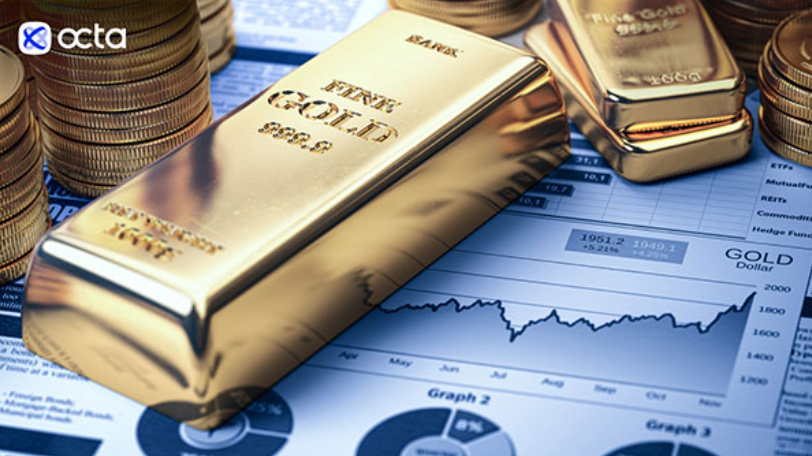In a surprising move, the Reserve Bank of India (RBI) chose to keep interest rates unchanged at its recent monetary policy meeting, defying market expectations. The central bank’s decision was driven by a cautious approach towards inflation, and it now appears that their decision to hit the pause button was justified.
India’s consumer price inflation dropped to an 18-month low of 4.7% in April, primarily due to a slowdown in food price increases. This marked the second consecutive month that inflation remained below the RBI’s target ceiling of 6%. With these inflation figures in mind, one might wonder if the aggressive tightening cycle of six interest rate hikes by the RBI is coming to an end.
However, economists caution against premature conclusions. The global economic outlook remains uncertain, and concerns about the potential impact of the El Nino phenomenon on the monsoon season persist. Historically, India has experienced droughts in five out of six El Nino years since 2000, according to Skymet Weather Services. Furthermore, India has witnessed instances where inflation appeared to moderate, only to surge again.
Nevertheless, analysts believe that the RBI is likely to continue pausing on rate hikes at its upcoming policy-setting meeting in June. Some even suggest that interest rates could remain unchanged until the end of the year. Garima Kapoor, an economist at Elara Capital, stated that with easing inflation risks, the Monetary Policy Committee is expected to maintain a “pause” until the end of 2023.
RBI Governor Shaktikanta Das expressed satisfaction with the latest inflation numbers, stating that they provide confidence that the monetary policy is on the right track. The central bank has raised its key lending rate by a total of 250 basis points since April 2022 when inflation peaked at 7.79%. Madhavi Arora, lead economist at Emkay Global, believes that the pause in rate hikes may be more enduring, indicating a potential end to the tightening cycle.
The cooling inflation comes as good news for Prime Minister Narendra Modi’s government, particularly as the country approaches an election year. The interest rate hikes had been dampening demand and weighing on economic growth. Additionally, separate factory data released on the same day revealed a sluggish industrial production growth rate of just 1.1% in March, the slowest pace in five months.
Food inflation, which accounts for nearly half of the overall consumer price basket, continued to decline in April, primarily driven by softer price increases in cereals and edible oils. Lower global commodity prices have also contributed to easing price pressures. However, the risk of a bad monsoon remains a concern. An economist pointed out that food segments are vulnerable to weather-related risks. Both Skymet and the Indian Meteorological Department (IMD) expect a relatively modest amount of rainfall, and the arrival of El Nino could exacerbate an already challenging monsoon season.
Another factor supporting the notion that the RBI’s interest rate tightening cycle may be nearing its end is the indication from the US Federal Reserve. The Fed recently hinted that its quarter-percentage-point interest rate increase might be the final one in its current anti-inflation efforts. Radhika Rao, a senior economist at DBS Bank, believes that the tentative calm in global markets, coupled with the US rate cycle potentially entering an extended pause, reduces the likelihood of the RBI returning to rate hikes in this cycle.
In conclusion, the Reserve Bank of India’s decision to keep interest rates on hold has been vindicated by the recent drop in inflation. While uncertainties persist, analysts expect the RBI to continue pausing on rate hikes, potentially until the end of the year. The focus now shifts to external factors such as the monsoon and global market conditions, which could influence the RBI’s future policy decisions.





